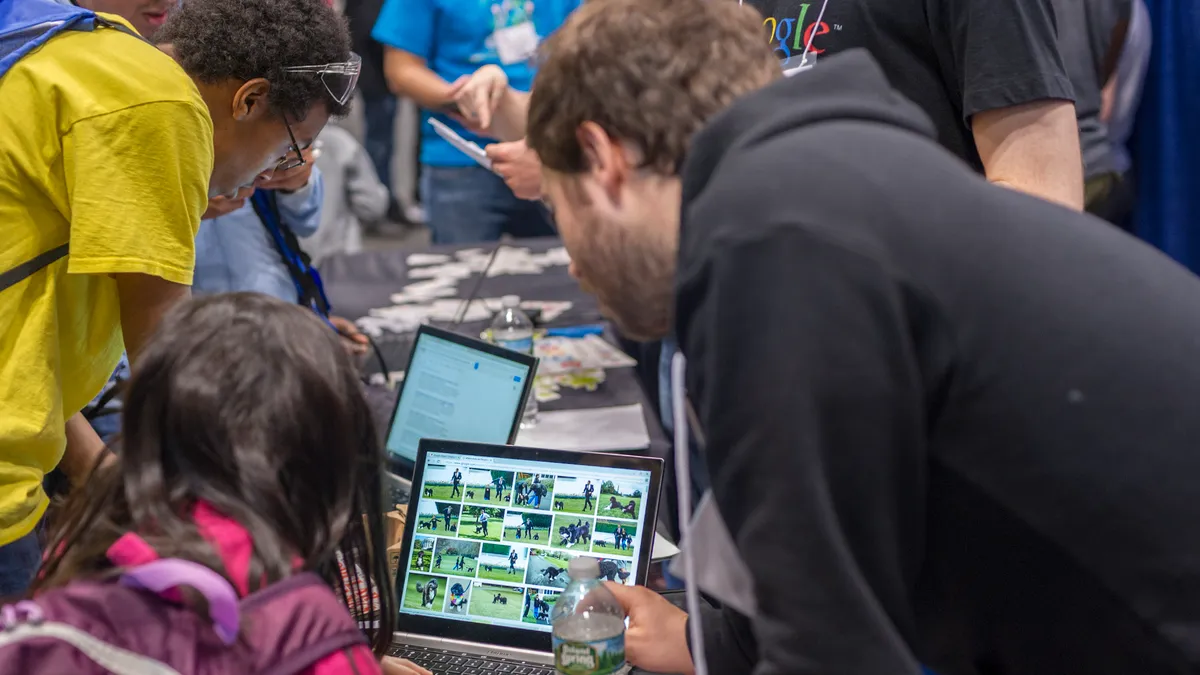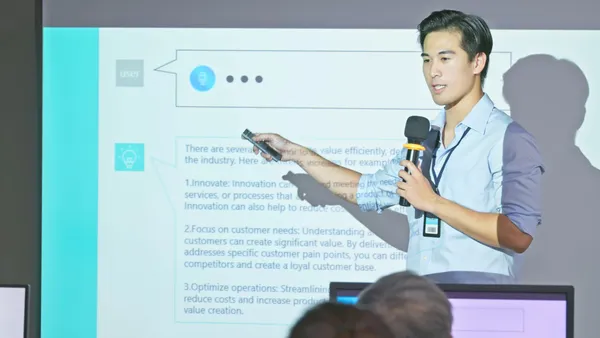Dive Brief:
- High-achieving K-12 students are taking technical courses not traditionally associated with those who have four-year college ambitions, additionally attending high schools that have courses on dental assisting as well as engineering, Education Week reports.
- Vocational training has been eyed as the path for students who don’t want to pursue higher education, but there is concern that students taking vocational courses with college in mind may also bring a shift in the kind of vocational classes offered — with more emphasis placed on computer classes than construction, for example.
- Experts say there should be a focus on making sure the traditional career and technical education students aren’t pushed out or underserved, as high-achieving students enter these programs as well.
Dive Insight:
As schools and districts recognize college may not be the preferred or most realistic option for all students, more vocational ed opportunities are working their way into classrooms. As traditional jobs held by graduates entering the workforce straight out of high school are disrupted by artificial intelligence and automation, students are likely benefit from the added preparation and training.
Vocational training may include topics like wood shop, but it can also include cosmetology and video production. And while not everyone needs to know how to run a lathe to shape a piece of wood, knowing how to use that tool — or video editing software — can be helpful for students beyond just picking up a new skill.
Taking video production courses, for example, can help students develop critical thinking skills as they shift from media consumers to media creators, discovering the tools used to direct viewers and shape what they see. Video production, too, pushes students to collaborate and communicate, strengthening crucial social and emotional learning (SEL) skills. Having the opportunity to exercise these high-demand skills in a practical environment is an added bonus.












